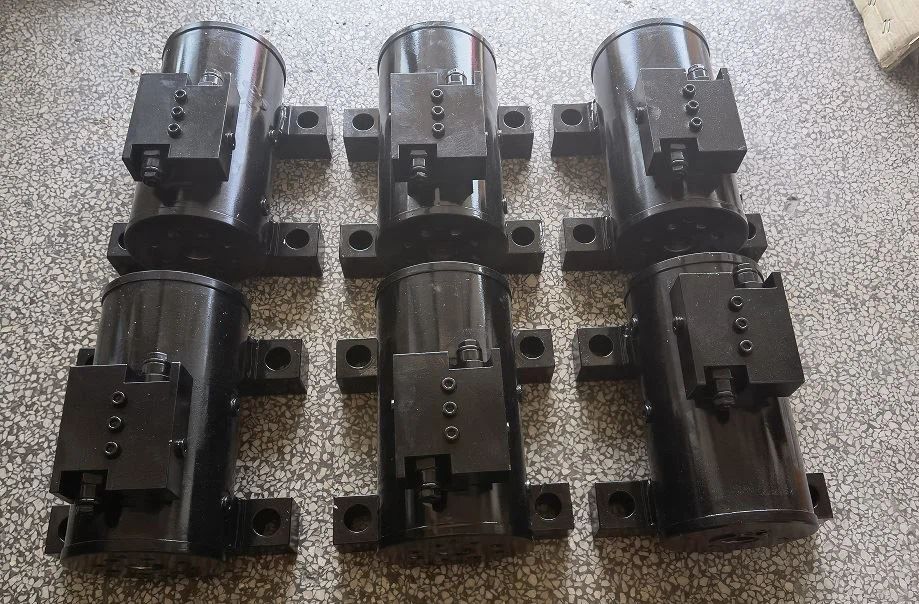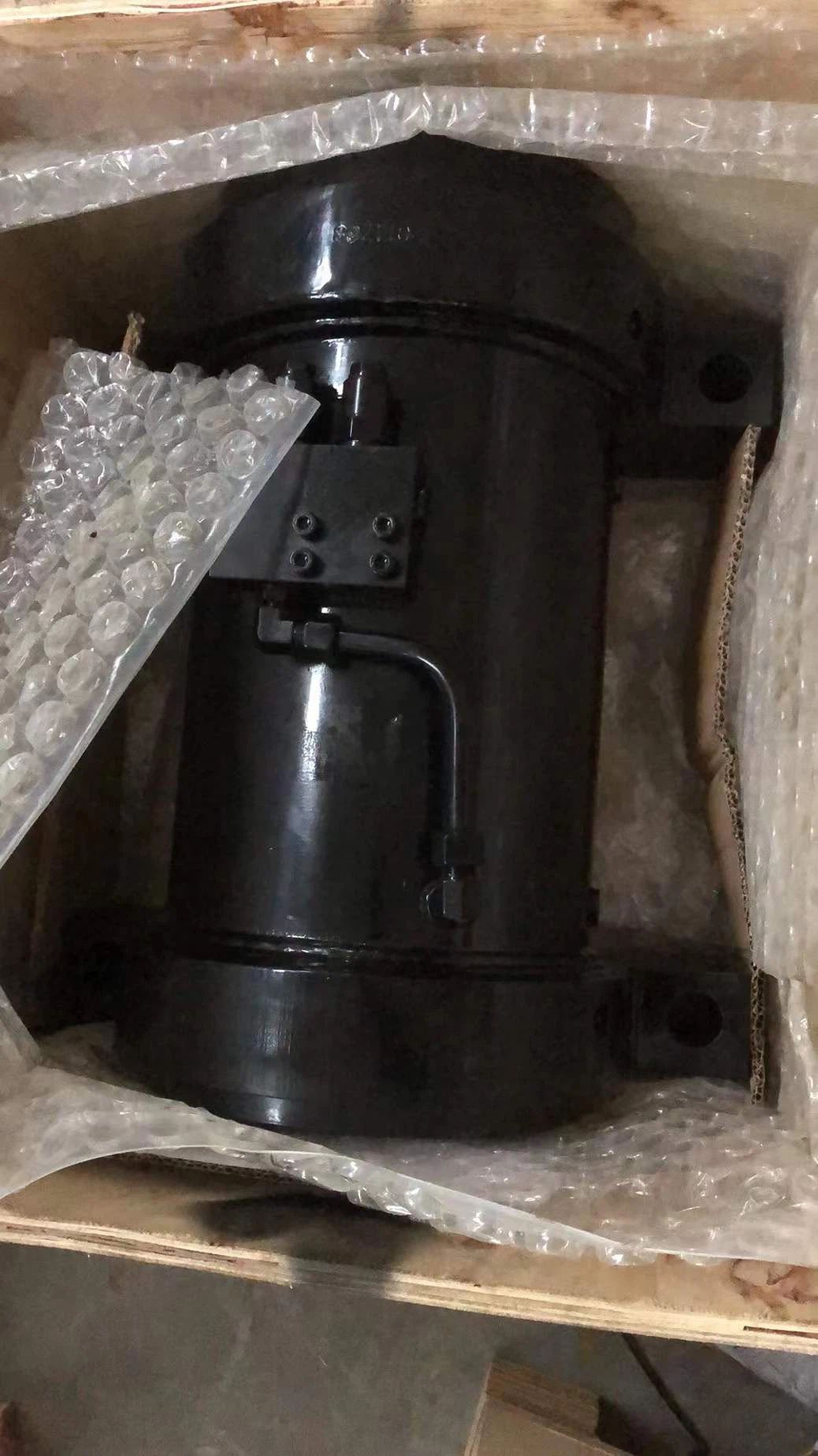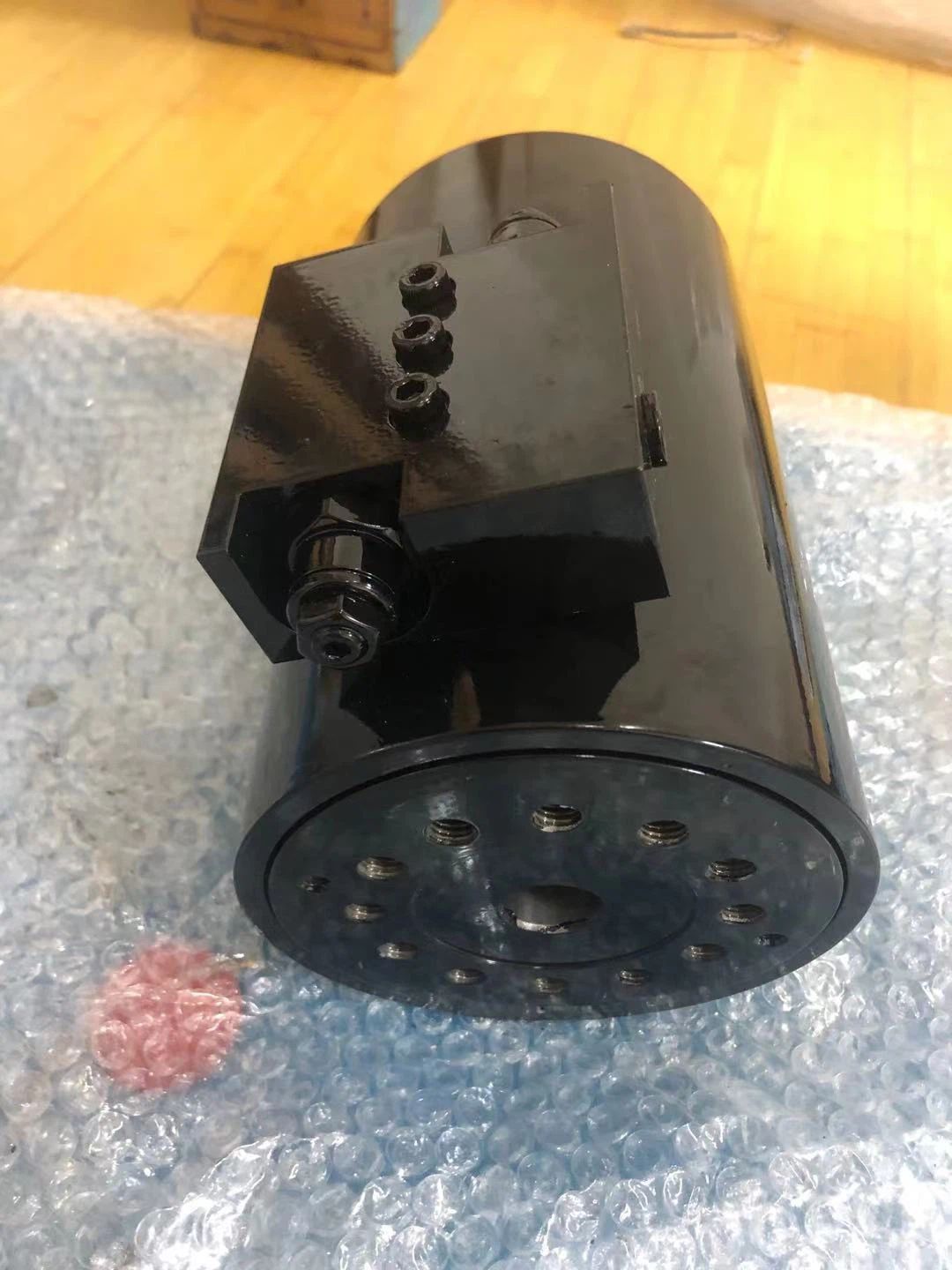Types of Rotary Actuators: Rotary actuators can be categorized into hydraulic and pneumatic actuators, depending on the type of fluid power used. Hydraulic rotary actuators utilize hydraulic fluid to generate rotary motion, while pneumatic rotary actuators use compressed air or gas.
Application Range: Rotary actuators find widespread use in various industries. They are employed in manufacturing processes, such as assembly lines and robotics, to provide precise and controlled rotational movement. They are also utilized in heavy machinery, such as construction equipment and agricultural machinery, for tasks like lifting, tilting, or rotating components. Additionally, rotary actuators are used in material handling systems, valve control systems, and even in the aerospace and defense sectors.
Hydraulic Rotary Actuator Cylinder M-DA-H-F4
Benefits of Rotary Actuators: Rotary actuators offer several advantages. They provide high torque output, allowing them to handle heavy loads and perform demanding tasks. They can achieve precise positioning and control, enabling accurate movement and alignment. Rotary actuators are compact in size, making them suitable for installations where space is limited. They are also known for their durability, reliability, and long service life, ensuring optimal performance even in harsh operating conditions.
Customization and Integration: Rotary actuators can be customized to meet specific application requirements. They can be designed with different torque capacities, rotation angles, and mounting options to suit various industrial needs. They can also be integrated with other components, such as valves, sensors, or controllers, to create a complete and efficient system.



















Inquire Form